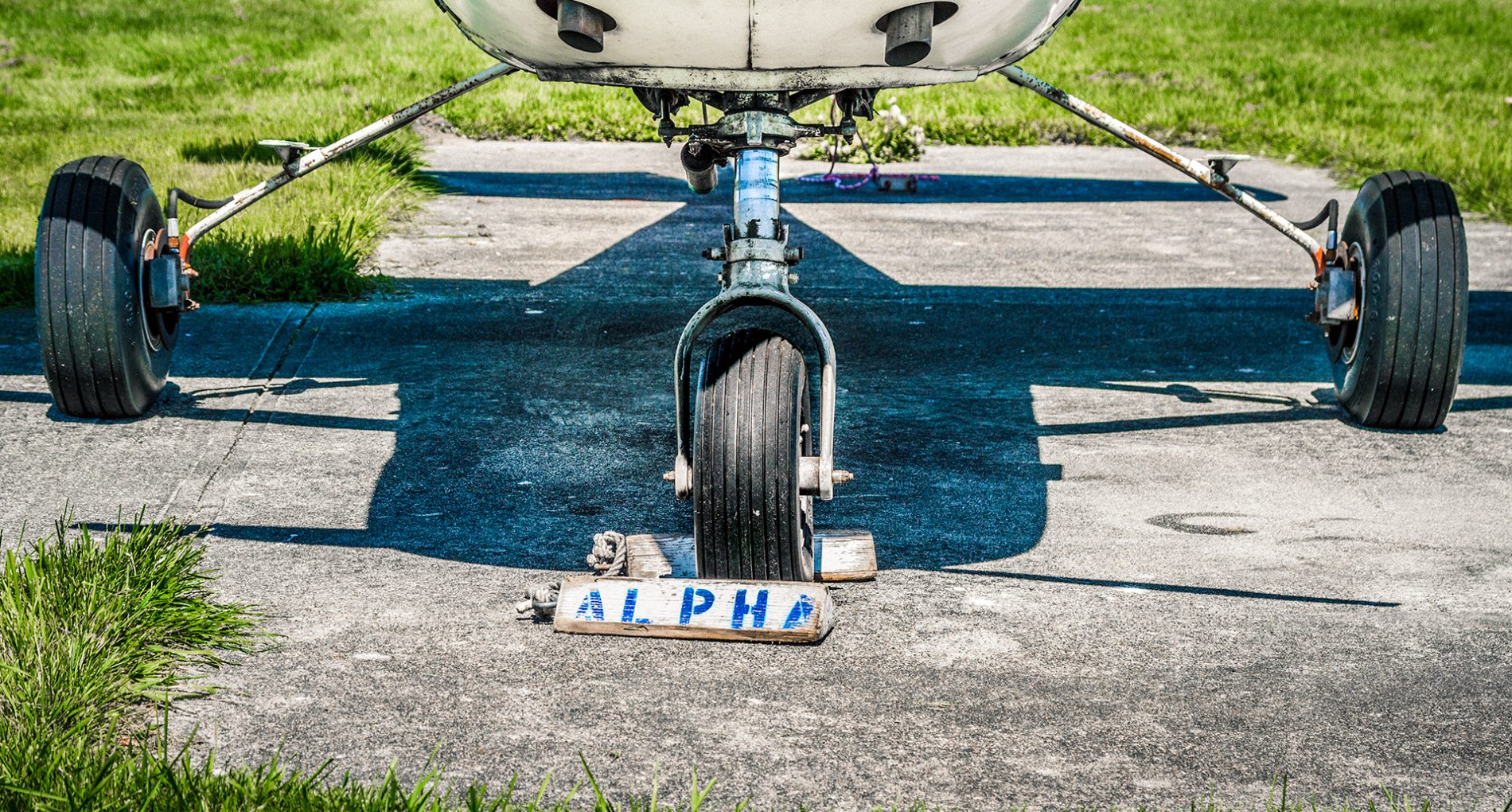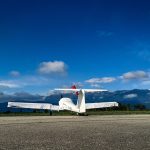For many licensed private pilots (PPL[A]), the idea of flying an ultralight aircraft may evoke images of flimsy motor gliders, open-frame trikes, or powered paragliders drifting lazily through the sky. These impressions, rooted in the early days of ultralight aviation, are increasingly out of touch with the reality of modern ultralights (ULMs). Today’s ultralight aircraft—such as the JMB VL3 Evolution, Shark Aero, Aerospool WT-9 Dynamic, and BRM Bristell—stand as sophisticated, high-performance machines that rival or even surpass many certified general aviation (GA) aircraft in speed, agility, and innovation. Yet despite this progress, a significant knowledge and perception gap persists between the PPL(A) and ULM communities.
Breaking Down the Misconceptions
The most common misunderstanding among traditional GA pilots is the assumption that ultralights are inherently unsafe, limited in capability, or merely “toys” for amateurs. This perception often stems from outdated views, where ULMs were little more than powered wings—slow, limited in range, and unreliable in adverse weather. While such machines still exist for recreational low-and-slow flying, they no longer represent the pinnacle—or even the average—of ultralight aviation.
Today’s top-tier ultralights are factory-built, aerodynamically optimized, and equipped with avionics that would impress any PPL(A) holder: full glass cockpits, autopilots, ballistic recovery parachutes, EFIS/EMS systems, and increasingly, in-flight adjustable or constant-speed propellers. Aircraft like the Shark Aero or VL3 Evolution are capable of cruising at over 250 km/h (135 knots), with climb rates and useful load rivaling traditional touring aircraft. Moreover, their operating costs are often half—or even a third—of their certified counterparts.
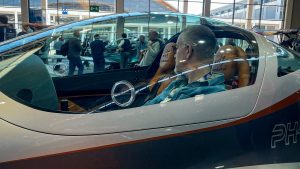
JMB Aircraft VL-3
Why PPL(A) pilots should consider ultralights
For the PPL(A) pilot, moving into the ultralight world offers several immediate advantages:
-
Freedom from Bureaucracy: Less regulatory burden means more flying. ULM pilots in many countries enjoy simplified maintenance regimes, reduced airport fees, and more accessible airspace.
-
Economics: Lower fuel consumption, cheaper hangarage, and minimal maintenance costs make ultralight flying economically sustainable—especially for frequent flyers or owners.
-
Performance: With power-to-weight ratios that exceed many certified aircraft, ULMs deliver exhilarating performance—shorter takeoffs, quicker climbs, and agile handling.
-
Community and Innovation: The ultralight world is fast-moving, often leading GA in terms of innovation. There is a vibrant community around these aircraft, filled with passionate aviators, builders, and designers pushing the boundaries of what’s possible.
Yet, despite these benefits, some PPL(A) holders hesitate, fearing that flying ultralights would mean “downgrading” their skills or flying experience.
Why PPL(A) Knowledge Matters More Than Ever
On the other side of the fence, many ultralight pilots trained only under national-level Certificates of Qualification (without holding an ICAO PPL) may underestimate the value that structured training and theory from the PPL(A) path offers. Indeed, as ultralights have become faster, heavier, and more complex, the depth of knowledge required to fly them well has increased dramatically.
Aerodynamic awareness, airspace familiarity, IFR avoidance, radio phraseology, cross-country planning, and systems knowledge are just a few of the domains where PPL(A) holders bring valuable skills. These competencies become crucial when flying high-performance ultralights at high altitude, over mountainous terrain, or across international borders.
Moreover, as ULMs increasingly integrate with controlled airspace and share airfields with commercial and GA traffic, the high standards of PPL(A)-style airmanship help ensure safety, coordination, and mutual respect across the aviation ecosystem.
A Call for Integration, Not Division
Rather than viewing ultralight flying as a separate or lesser domain, it should be seen as a parallel path—one offering unique advantages and demanding its own set of skills. Transitioning from PPL(A) to ultralights should be viewed not as a step down, but a step sideways into a domain of greater personal freedom, versatility, and community.
Likewise, experienced ultralight pilots should be encouraged to embrace the disciplines and structured knowledge that come from traditional PPL(A) training. The increasing performance of today’s ULM aircraft demands the same level of airmanship expected in the certified world.
Both communities have much to learn from each other—and much to gain.

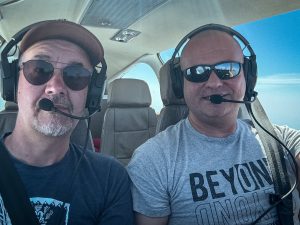

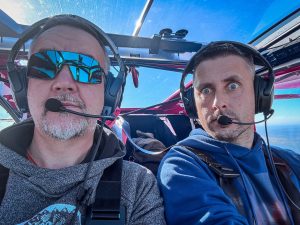
Conclusion
Modern ultralight aviation represents one of the most exciting frontiers in personal flight. With aircraft like the Shark, Bristell, WT-9, and VL3, it offers a compelling blend of performance, economy, and freedom. For PPL(A) pilots, transitioning into ULMs can be a liberating experience, free from excessive regulation yet still demanding of skill and responsibility. Conversely, for ultralight pilots, adopting the best practices of GA can elevate both safety and proficiency.
The sky is wide enough for both worlds. It’s time we start bridging them.


